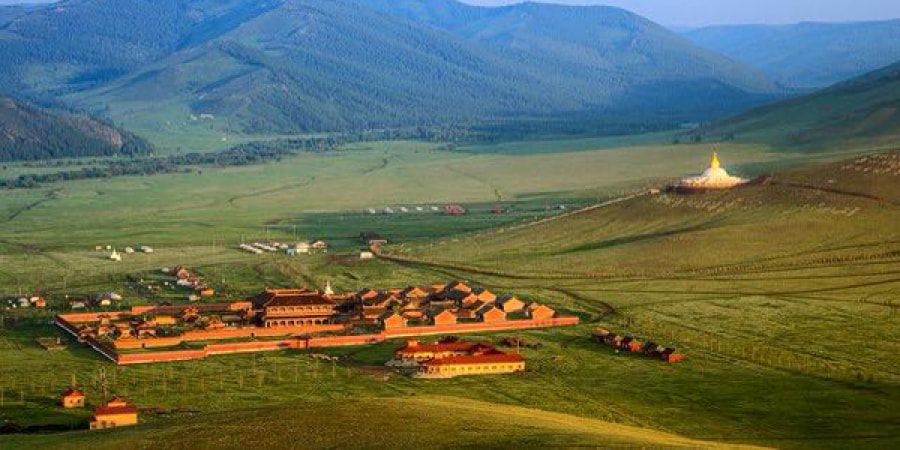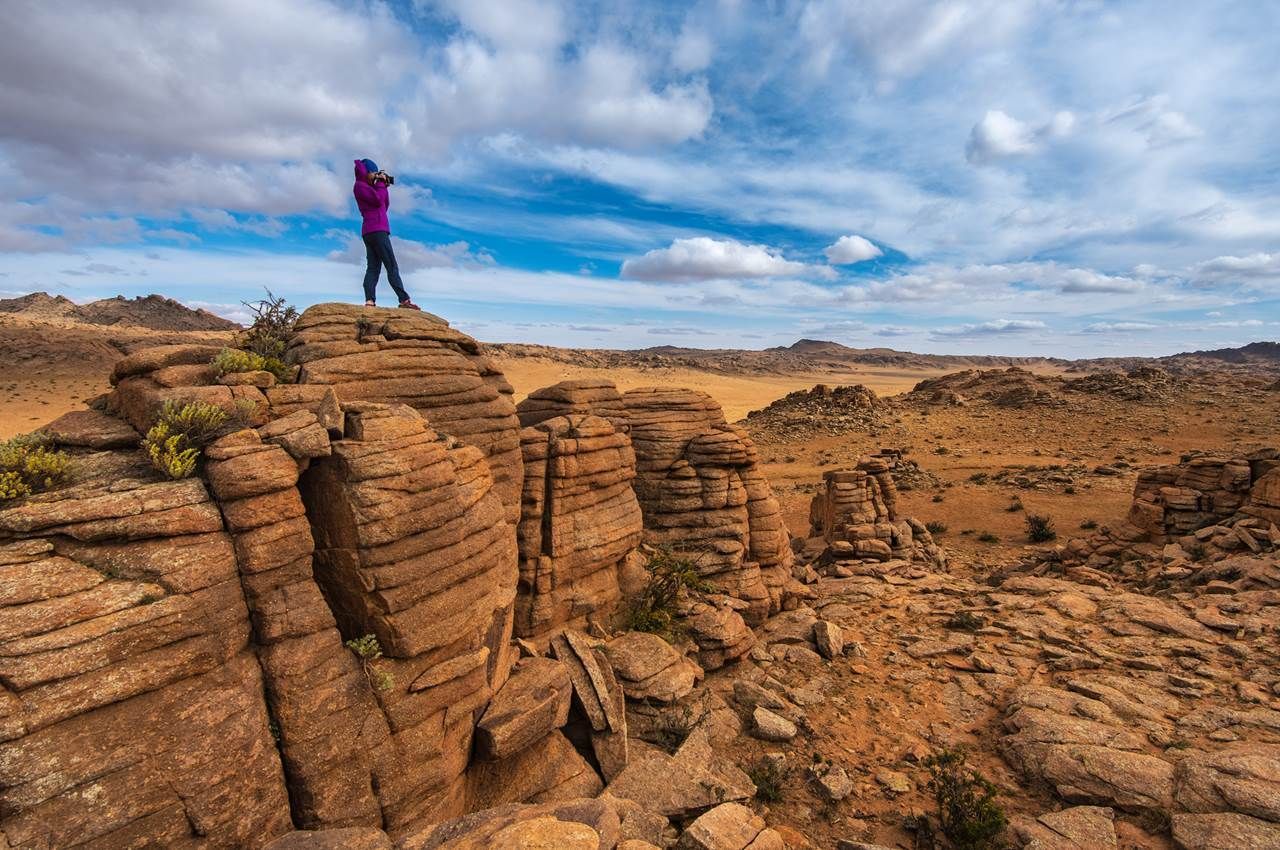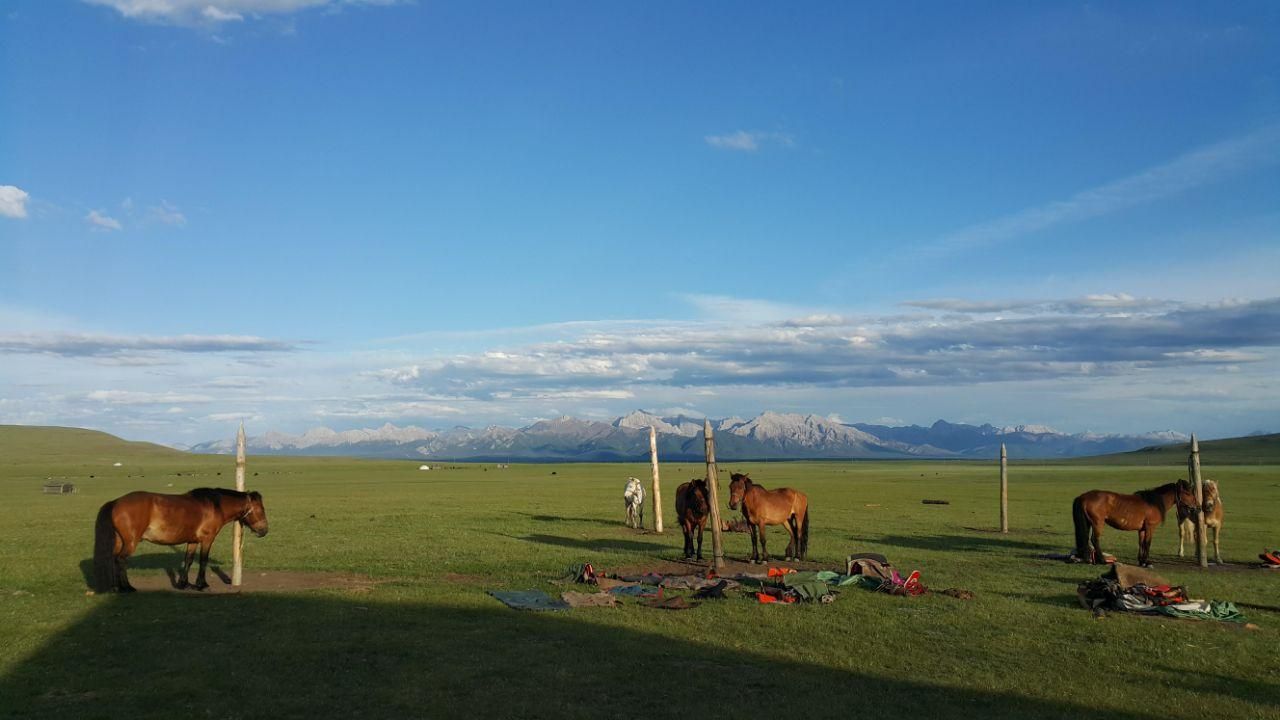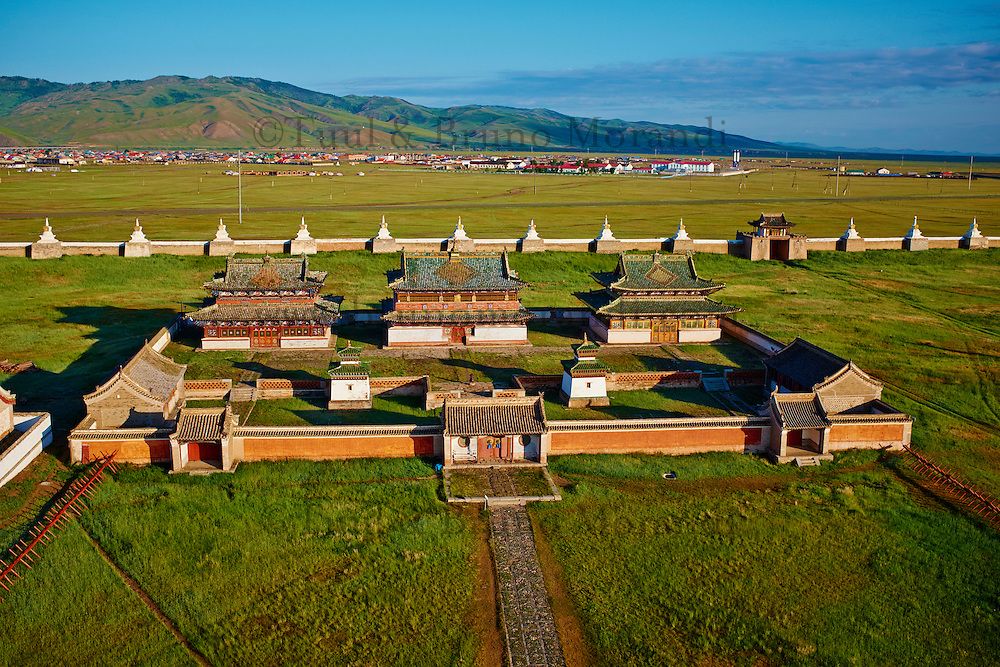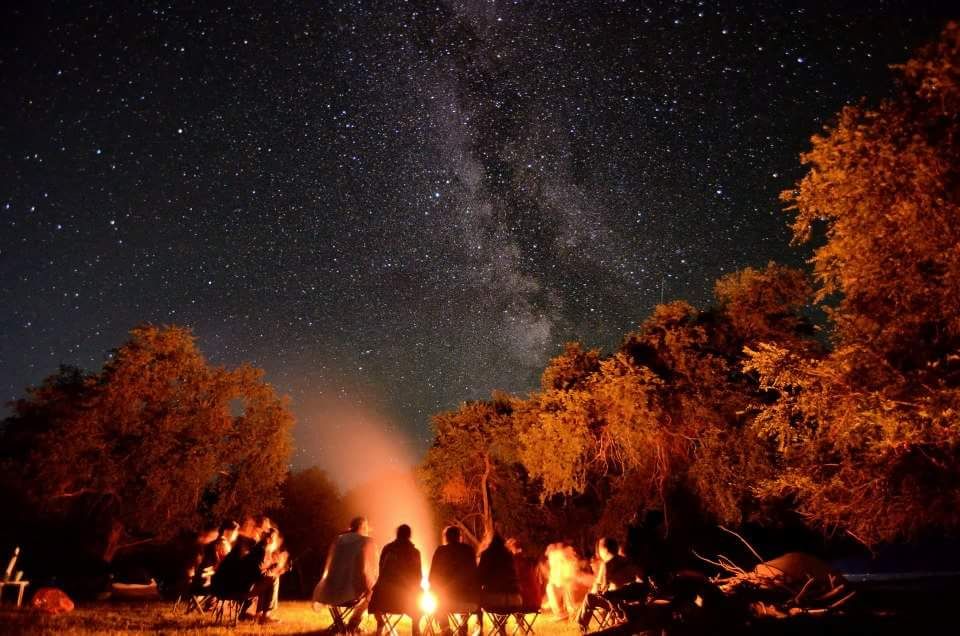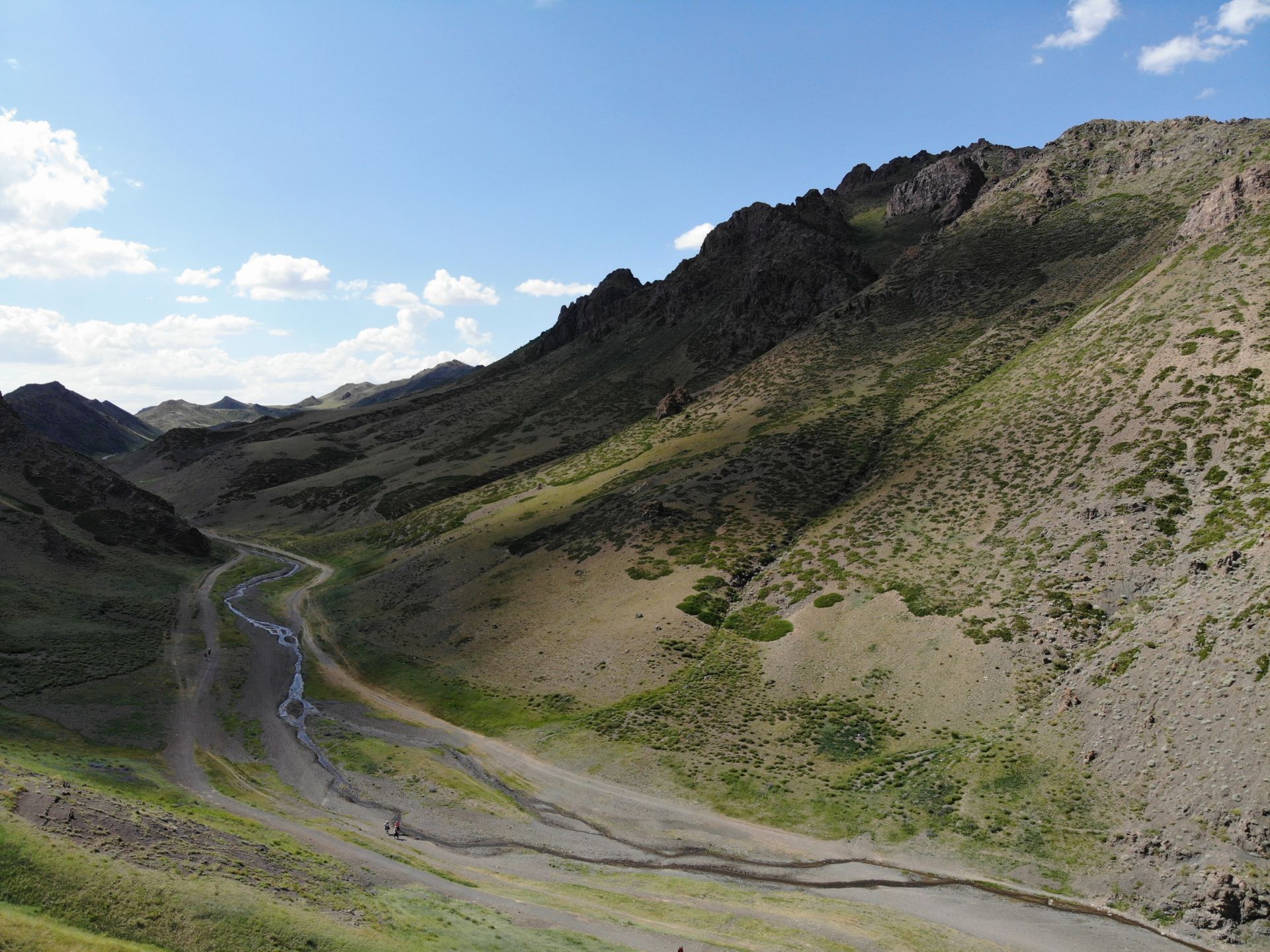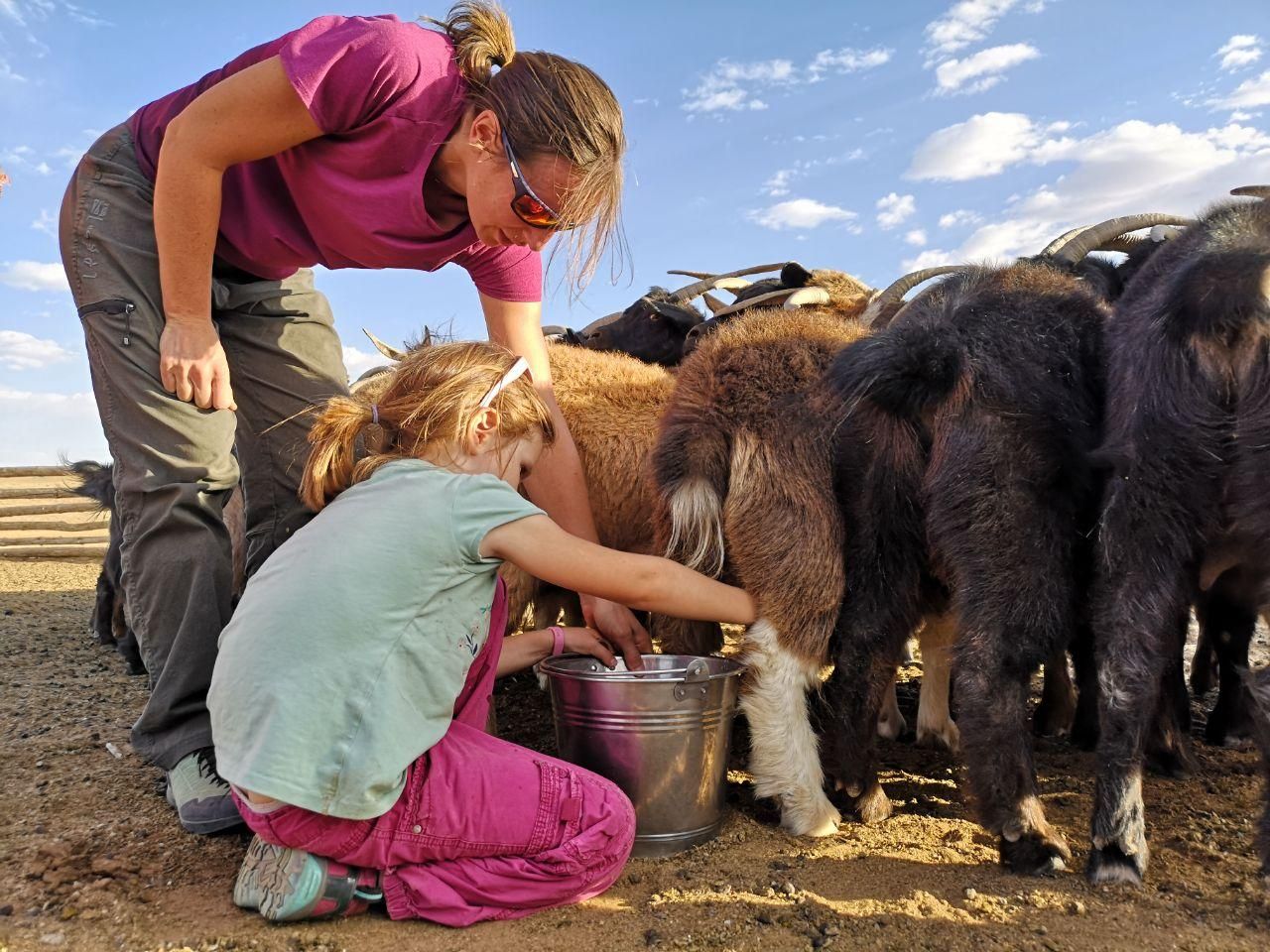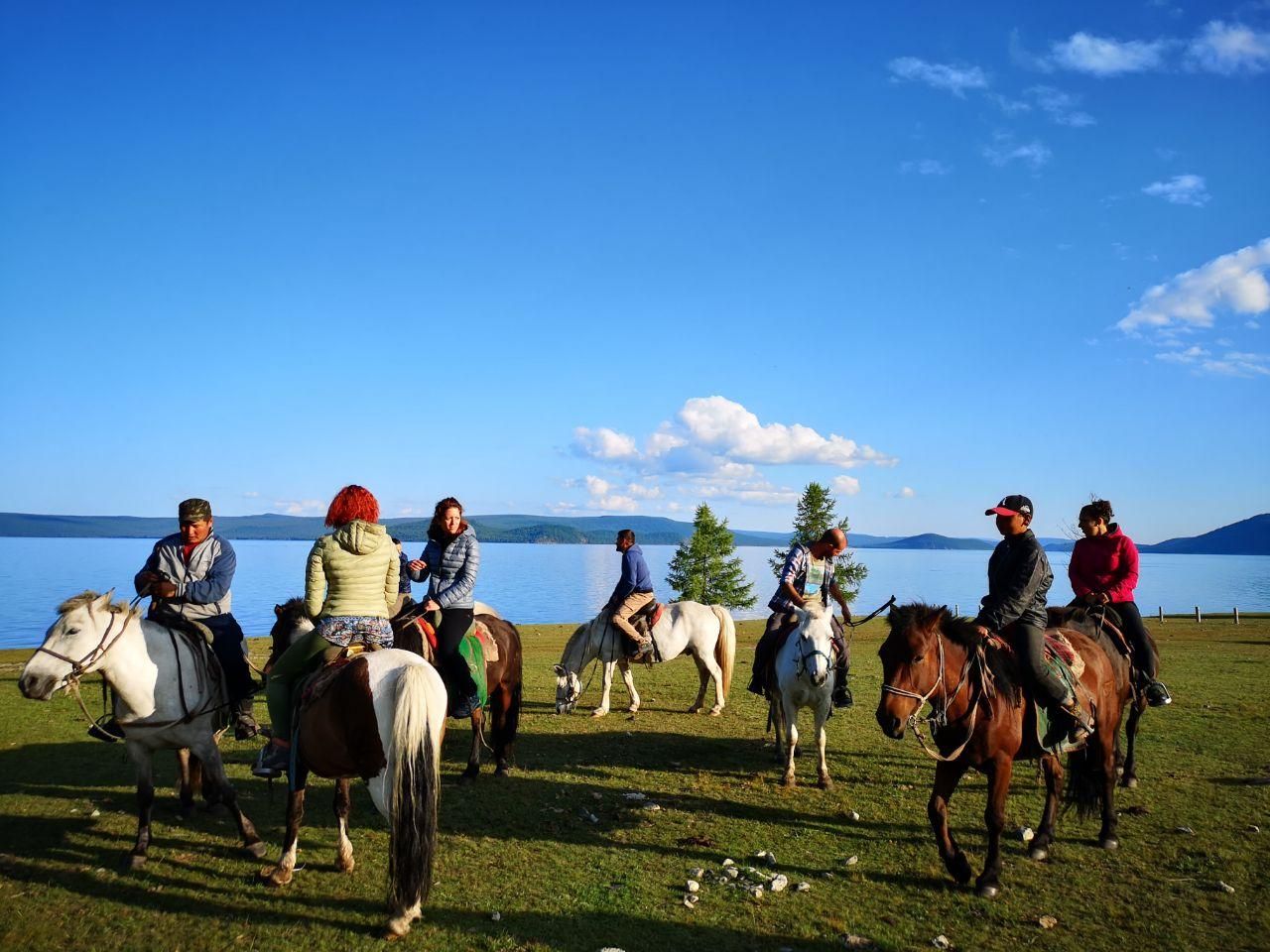DOWNLOAD TOUR ITINERARY
Today we will drive to the Amarbayasgalant Monastery which is located near the Selenge River, in front of Burenkhan Mountain. It’s one of the three largest monasteries of Mongolia. The Manchu emperor Enkh Amgalan Khan built the monastery in the 18th century, in memory of the first Bogd Gegeen, Zanabazar, in order to keep and preserve his mortal remains. The construction began in 1727 and completed in 1737. The emperor personally wrote in four languages (Mongolian, Tibetan, Manchu and Chinese) a message symbolizing his protection and his control. This was written on a sign suspended in the entrance of the main temple. It’s one of the rare monasteries that have partly avoided the destruction of 1937 by the Soviets. All the lamas in charge of the place were executed and the monastery has been neglected for 50 years. Since 1998, the lamas have been restoring the monastery and new statues have been ordered in New Delhi, India. This monastery shows a real archaeological unity. The style is generally Chinese, with Mongolian and Tibetan influences. (Ger camp/ B, L, D)
After breakfast we will drive to the Uran Togoo extinct volcano and its surrounding area has been protected as a “Natural Monument” since 1965 and covers 58 square km. Uran Togoo extinct volcano is at an elevation of 1,686 meters above sea level. On the top is of the extinct volcano is a crater, 500-600 meters wide and 50 meters deep, with a small “crater lake” of about 20 meters in diameter. The protected area is the home to numerous kinds of rare animals such as red deer, wild Argali sheep, Siberian ibex and wild boar. There is nice to camp in quiet nature. (Tent/ B, L, D)
After breakfast we will drive to the Murun city. Get border permission from the border army. (Ger camp/ B,L,D)
Khuvsgul Lake is located in the northwest of Mongolia near the border to Russia, at the foot of the eastern Sayan Mountains. It is 1,645 m above sea level, 136 km long and 262 m deep. It is the second-most voluminous freshwater lake in Asia, and holds almost 70% of Mongolia's fresh water and 0.4% of all the fresh water in the world. It gets drained at the south end by the Eg river, which connects to the Selenge and ultimately into Lake Baikal. The lake is surrounded by several mountain ranges. The highest mountain is the Burenkhaan / Munkh Saridag (3,492 m), which has its peak north of the lake exactly on the Russian-Mongolian border. The surface of the lake freezes over completely in winter. It's inhabited by nine species of fish including the Siberian grayling, sturgeon and lenok and the area is rich with various species of flora and fauna. And the area is home to argali sheep, ibex, bear, sable, moose and wolves. The region hosts three separate, unique peoples: Darkhad, Buriat and Tsaatan. Shamanism, rather than Buddhism, is the religion of choice in these parts. (Ger camp / B, L, D)
We will visit to Darkhad family in the Darkhad Valley. The Mongolian nomads of the Darhad valley are some of the most self-sufficient people in the world. Across the steppes and mountains of the Darhad Valley, they move huge herds of sheep, goats, cattle, yaks, relying on their tough little horses. It's a harsh and spectacular place, and a grueling life.
The Darkhad valley is a large valley in northwestern Khuvsgul province, Mongolia. It is situated between the Ulaan Taiga and Khoridol Saridag ranges at an altitude of about 1600 m, about 160 km long and 40 km wide. The view from the valley and mountains are unique. It was transferred from the People’s Republic of Tagna Tuva to the Mongolian People’s Republic in 1925 as a Soviet concession to the Mongolians, who had wanted to incorporate the territory of Tagna Uriankhai into their country.
The valley is rich in lakes and rivers, the biggest of which are Dood Tsagaan Lake "lower white lake" and Shishged River, respectively. The area is famous for its natural beauty. (Nomadic family/B, L, D)
Today we will start horse riding on the way to the Tsaatan “Reindeer Herders“. Tsaatan “Reindeer Herders“ through deep Taiga forest. Enjoy horseback riding and the surrounding natural beauty. Mongolia is called “Land of Blue Sky” because the sky is clear most time during the year and is the sunniest country in the world. In the evening, the stars are quite bright and the view at night is spectacular even with the naked eye with the stars appearing so close you can reach up and touch them. (Tent/ B, L, D)
Continue horseback riding and visit to the Tsaatan family. They are one of the ethnic groups in Mongolia the Darkhad people or Tsaatan known as Reindeer Herder. They live in tepees and in the taiga forest of the remote northern area of Khuvsgul Province. They herd reindeer for their existence and use reindeer for many purposes: transport, meat, milk, skins for clothes, blood-horns for traditional medicine and other uses. People in Khuvsgul most commonly practice shamanism and some of the most powerful shaman live in this area. There you will visit a Tsaatan or Reindeer herder’s family and explore their special way of the life. (Tsaatan family, Tepees /B. L. D)
After breakfast we will start horseback riding back to the family. Stay overnight on the way. (Tent/ B, L, D)
Today we will come back to the horseman family. (Nomadic family/B, L, D)
We will drive back to the Murun city. (Ger camp/ B, L, D)
The borderlands between Khuvsgul and Arkhangai province largely constitute a series of dry, rocky valleys. You can make a nice drive here, passing through towns such as Shine-Ider and pretty Jargalant the latter occupies a lovely position near the confluence of the Ider and Khonjil rivers. (Nomadic family or Tent/ B, L, D)
Today we will visit the attractions of the park: the Khorgo extinct volcano and Terkhiin tsagaan lake. Khorgo - Terkh National Park has been protected since 1965 and covers an area of 773 square km. Khorgo Mountain was an active volcano just 8000 years ago and Khorgo is covered with basalt. Red deer, Siberian deer, wild boar, reddish and black ducks are found in the park. The lake is beautiful with crystal clear fresh water and supports pike & other fish. Torrents of lava is suing from the Khorgo Volcano dammed the Terkh River in the north and south forming the lake and is at an altitude of 2060 meters above sea level. Enjoy walking/climbing to the Khorgo volcano and bird watching by the lake shore. (Ger camp/ B, L, D)
In the morning we will drive to the Tsenkher Hot Spring. Tsenkher Hot Spring water contains a blend of the most useful minerals for the human body. Mongolians say its water is a pleasant treatment for stress, nervous disorders and rheumatism. Then having hot mineral water bath and enjoy walking to the beginning of the mineral spring. (Ger camp/ B, L, D)
Today we will visit to the Ongi Monastery. On the way we will visit to the Kharkhorin. Karakorum was the capital of Great Mongolian Empire of Chinggis Khan in the 13-14th Centuries. Visit one of Mongolia’s two largest monasteries, “Erdenezuu”, Museum of Karakorum and surrounding sites of Karakorum: the Great Khan’s monument, the legendary Turtle of Karakorum and the Phallic Rock statue. Erdenezuu Monastery has a complex of 108 stupas and over 10 temples that contain rich displays of Mongolian Buddhism. The Erdenezuu Monastery and ruins of Karakorum were registered as UNESCO World Heritage Sites in 1996.
Continue driving to the Ongi Monastery. Ongi Monastery is the collective name for the ruins of two monasteries that face each other across the Ongi River in Saikhan-Ovoo district of Dundgovi Province, in south-central Mongolia. The Barlim Monastery is located on the north bank of the river while the Khutagt Monastery sits on the south bank. The older southern complex consisted of various administrative buildings as well as 11 temples. The northern complex, built in the 18th century, consisted of 17 temples - among them one of the largest temples in all of Mongolia. Both complexes of Ongi Monastery were completely destroyed in 1939 during anti-religious purges carried out under Khorloogiin Choibalsan, the then leader of the Communist Party of Mongolia. There is a small museum in a ger in front of it. (Tent / B, L, D)
After breakfast we will drive south to Bayanzag “Flaming cliffs”. This place is famous for its dinosaur fossils, eggs and the special Gobi tree, the “saxaul”. In 1922 American explorer Roy Chapmen Andrews and his expedition members found the first dinosaur eggs as well as numerous fossil skeletons of dinosaurs that lived 70-80 million years ago. Visit the Flaming Cliffs. Walk in the Gobi “saxaul” forest and enjoy its natural beauty. (Ger camp/B, L, D)
Today we will drive to southwest to the Khongor Sand Dunes. We will visit and enjoy the hospitality of a camel breeder’s family, learn about Mongolia’s traditional nomadic way of the life. Khongor is one of the largest sand dunes in Mongolia. Its height reaches to 300 meters and extends from the northwest to the southeast over 180 km. The place is famous for its magnificent sand dunes, “Singing Dune”, the highest, Green Oasis and beautiful sunsets. Climb the Singing Dune and enjoy the ultimate amazing view of the Gobi sand dunes and the Green Oasis from the top of the dune. Enjoy the beautiful Gobi orange sun set in the evening. Enjoy camel riding. Walk to the Green Oasis and cool spring. (Ger camp/B, L, D)
After breakfast we will drive to the Tsagaan Suvarga “White Stupas”. On the way we will visit to Yoliin Am “Bearded Eagle Canyon”. Yoliin am is a strictly protected area since 1965 and it is located in the Gobi Three Beauties National Park. Yoliin Am is famous for its high & narrow canyons, frozen summer stream and wild life such as bearded eagles, wild Argali sheep, ibex, and snow leopard. The stream remains frozen even in July, the hottest month of the year. Visit a natural museum of the Gobi Three Beauties National Park and enjoy the picturesque Bearded Eagle Canyon, its wildlife and frozen summer stream.
Continue driving to “White Stupas”. “White Stupas” is one of Mongolia’s great natural beauties. These colorful cliffs were part of an ancient sea bottom millions of years ago. Nowadays it is a natural wonder with fantastic color combinations. Walk through Tsagaan Suvarga and enjoy the fantastic views. Good spot to get picture of sun set, sun rise and night stars with these colorful cliffs. (Ger camp / B, L, D)
Today we will visit nomadic family, learn about the basic nomadic way of the life in Gobi region. Feel free to ask any questions about their way of life. Do other daily activities. Play traditional Mongolian games, have traditional Mongolian meal and help the family: milk goats, make dairy products: curd, cheese, butter, yogurt in summer and autumn. Herd their livestock to pasture or collect and herd them back home. Do or help with any of these activities you choose. Stay overnight with family in a traditional Mongolian dwelling, the Ger. (Ger nomadic family/ B.L.D)
After breakfast we will drive back to Ulaanbaatar. On the way we will visit to the Baga Gazariin Chuluu Protected Area. Visit the some spots in Baga Gazariin Chuluu: a temple ruin used by Buddhist monks and a small cave. Walk over pretty rocky granite hills to admire the natural beauty. (B, L)
Included in the price:
|
Excluded in the price:
Alcoholic drinksSnacksPersonal itemsExtra and optional activities’ costTravel insuranceInternational Airfare/train ticketAccommodation in Ulaanbaatar



